
Now that I’ve blogged about both the power of product and the power of promotion, I figured that it was only fitting to add a few words about the power of presentation in order to cover everything sufficiently. These three broad categories of factors are crucial to the success (or failure) of any crowdfunding campaign.
To review these factors briefly…
The most-crucial crowdfunding success factors center around the core product being offered, along with its price. People like to buy highly-desirable products at widely-acceptable prices—and crowdfunding backers seem to feel especially fond of pledging to projects that promise substantial improvements to relatively-commonplace products using “cool” technology; however, they don’t seem to respond as readily to projects that provide services and/or apps, cater exclusively to businesses, focus primarily on charity, or serve overly-small geographical areas and/or demographic groups. One of our blog entries covers these product factors in greater detail. If creators don’t get these vital product factors sufficiently correct, then the rest won’t matter so much.
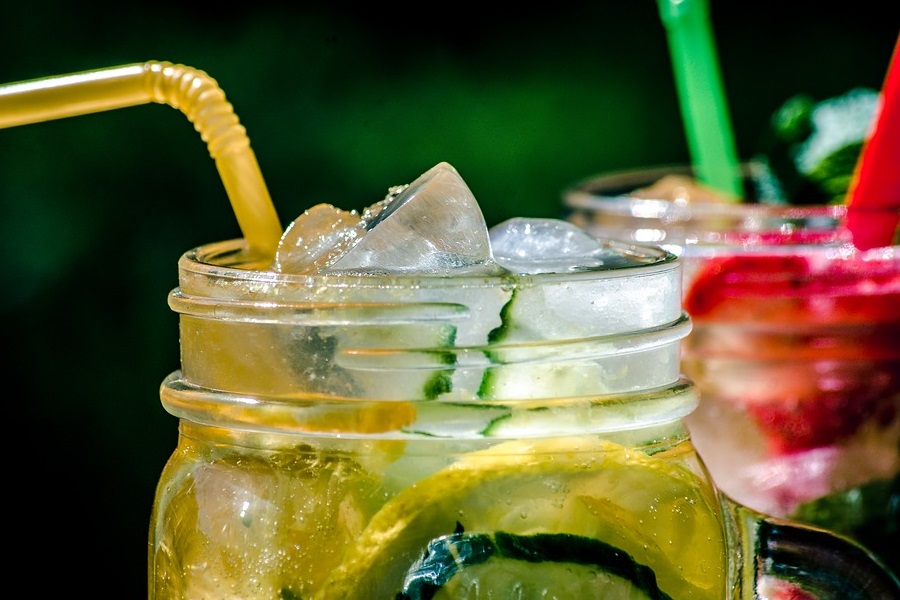
The second most-crucial set of factors center around how effectively this core offer (along with related factors like the people offering it) is presented through campaign media, including videos and photographs and text. This lemonade pictured above, for example, probably wouldn't sell nearly as well if it were presented in a plain opaque paper cup without any ice or slices of fresh fruit—or if it were pictured through blurry low-resolution photography. Such electronic sales pitches are also generally significantly affected by the platform on which they appear, which we wrote about in our blog entry contrasting Kickstarter with Indiegogo. (Our blog presents a wealth of tips, by the way, about how to present a crowdfunding project well.) Ultimately, a presentation can’t be any better than the product-and-price that it’s featuring—but, for a great offer, a persuasive presentation can multiply its success at attracting pledges.
The third most-crucial set of factors center around how effectively this campaign media is actively promoted through one-or-more additional platforms (like social-media and/or news websites) to the right audiences. And it’s the task of skilled marketing to effectively zero-in on good audiences to target and then persuasively invite those audiences to come see what’s being offered to them. Such promoting won’t be very effective, though, if people don’t like what they’re presented, which is why the latter factor is always more important than the former one—but, for a persuasive presentation, a skilled promotion can multiply its success even further.
And, curiously, success even multiplies itself! Although some potential backers will pledge to a project in any case, other potential backers require varying degrees of “social proof” to persuade them that a project is worth their support—and so, whenever they see other backers rapidly pledging to a given project, hastening it toward (or, better yet, beyond) its goal, they’ll be much more likely to pledge also. You may read more about this subject in our blog entry about “The Matthew Effect.” This effect also helps to explain why crowdfunding marketing is both recursive and synergistic, as increased pledges from one source result in increased pledges from ALL sources. Moreover, such popularity may be affected not only by itself but also by people’s perceptions about its producer’s competence and (especially) trustworthiness, which factors together contribute to a broader sense of probability that a given project will become reality—and this sense of impending success is influential because people are statistically more likely to back “winners” than “losers.”
So, to sum things up, a promotion entices people (hopefully) to view a presentation, and that presentation then sells them (hopefully) into buying a product—and that product-and-price is the central factor, while everything else is peripheral to varying degrees. You may read more about these factors in our blog entry about “The 7 P’s for Crowdfunding Success,” which divides these three broader categories into seven narrower ones.
So, with that context in mind, exactly how powerful is presentation?
Let’s start with a simple thought-experiment…
It might help to imagine trying to sell a product or service without making any effort whatsoever to pitch it—like, for example, opening a minimalistic lemonade stand with nothing more than a big absolutely-plain sign that simply reads “LEMONADE for 25¢,” which would inform any passers-by what they’re being offered and nothing else. With that minimal offer alone, your stand might still sell a little lemonade to thirsty pedestrians, or to people who desire to be kind to its vendor, but it probably won’t sell very much. This is because people don’t buy things in response to becoming aware that those things exist—they buy things because they feel a clear incentive to do so, and such incentives are not conveyed through information alone. Such information must be accompanied by persuasion, or else people will need to find their own incentives to act. On a sweltering day, an especially-thirsty runner might easily find his/her own desire to buy lemonade for a quarter-dollar (or more), but most people probably won’t bother to actively hunt for motives to spend their money.
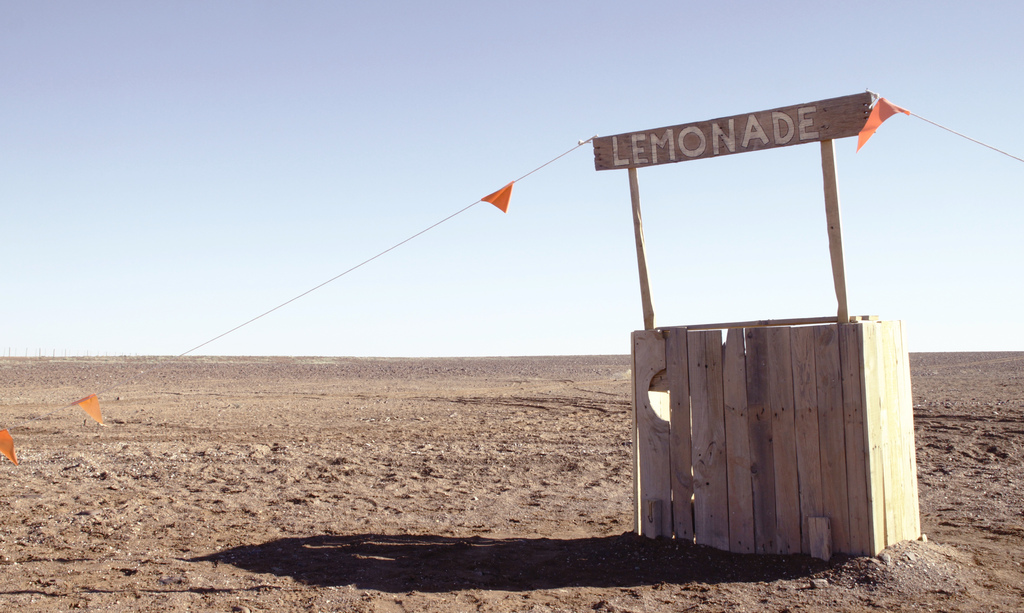
As I wrote in my blog entry about the power of marketing, people sometimes claim that the best products will naturally sell themselves—and there’s truth to this, as exemplified by the word-of-mouth success of Sriracha Sauce. If you produce a lemonade that naturally looks so delicious that observers can’t help but drool, for example, and that tastes so delicious that half the people who drink it will naturally want to tell their associates about it, then you might not need to say so much about it. But such products are rare. And, even when your product is so amazing that it can “speak for itself,” it can still “toot its own horn” only so loudly, and it will always get heard a lot better with help—not only from satisfied buyers (which is priceless) but also from the seller who’s offering it. And why shouldn’t you, as a creator, assume an active role in presenting your own creation? And, if you’re going to present it, anyway, then why not do so as effectively as possible? Even this “self-selling” vulcanizer shown below seemingly benefitted from a five-paragraph printed sales pitch to potential retailers, and then needed its retailers to actually say something to potential customers in turn.
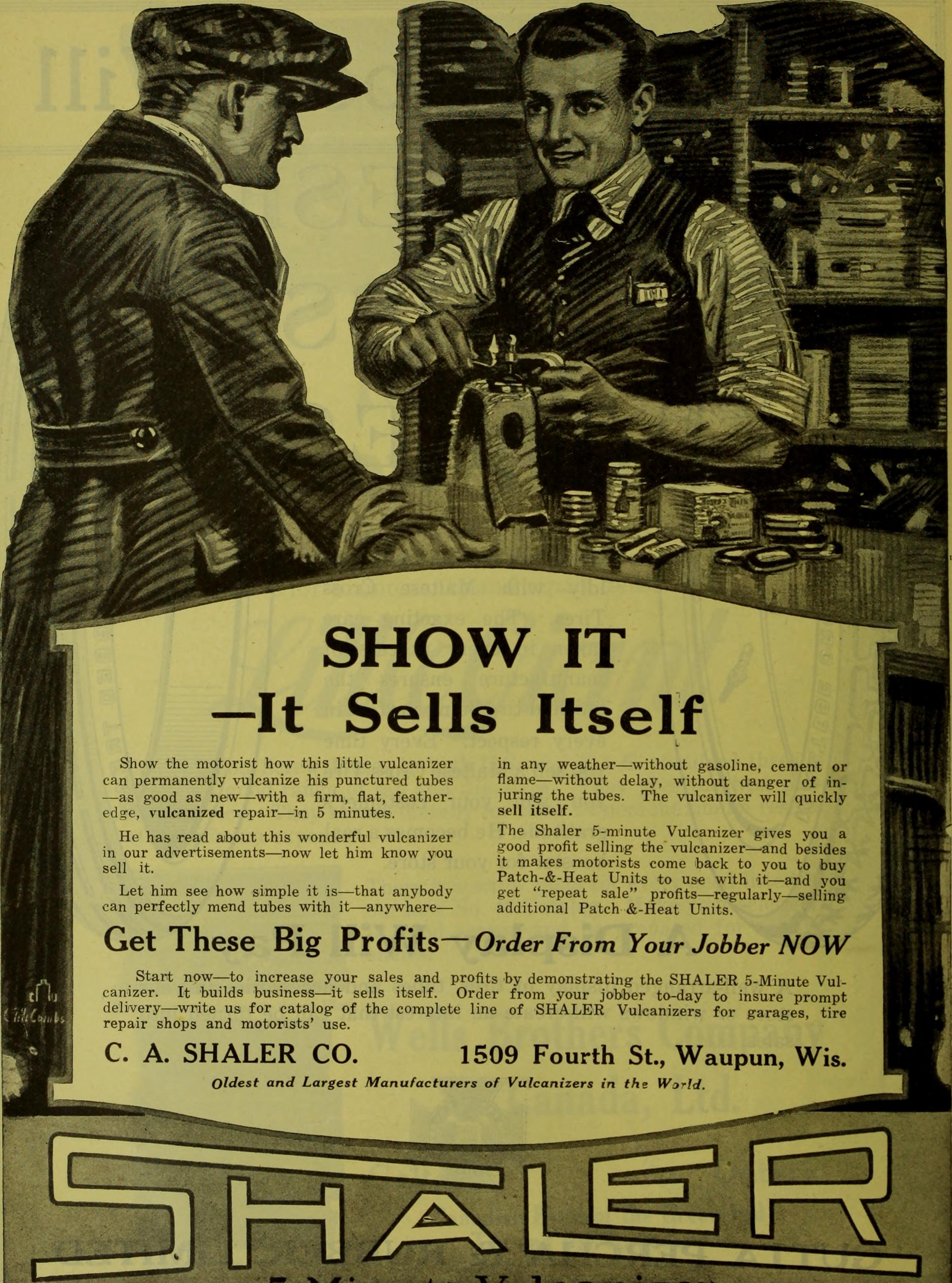
So, how might you help a good lemonade deal to “sell itself” even better from your hypothetical stand? You might start by rewriting your simple sign to present the same offer in a much more appealing manner, like “Ice-Cold Freshly-Squeezed All-Natural Lemonade for Only 25¢” (assuming that this is honest), using a bold-yet-attractive font, and perhaps incorporating a bit of red ink to help catch people’s eyes. Showing passers-by fresh lemons ready to squeeze, along with putting lemon slices in their lemonade, will help to emphasize how freshly-squeezed and all-natural it is. You might also add some small highly-readable plaques about how lemon juice and/or hydration improves health—although, unless you’re using an unusual sweetener, you’d also want to avoid dwelling upon unappealing facts like how sugar could potentially help rot people’s teeth. You could then spruce-up your plain stand with some appealing summertime decor, play some popular upbeat music in the background, and extend a canopy to provide visitors with some welcome shade from the heat (or even a fan blowing cool air), all of which would encourage people to both pause and linger, making your stand seem popular. If your stand is in a touristy area, then you might even post an easy-to-read map. And, rather than sit patiently behind your stand awaiting customers to approach you, you could instead actively engage passers-by in conversation, asking them if they’d like to stop to refresh themselves, assuring them what a great lemonade you’ve prepared for them to drink, and telling them how much other people have been enjoying it (assuming that this is true). If you can genuinely present yourself to potential customers as a competent and trustworthy and likeable lemonade vendor who has their best interests at heart, then they’ll feel even more likely to want to transact business with you. Each of these factors would almost certainly increase people’s motivation to buy your lemonade. For each factor, neither the lemonade nor its price (unless you need more money for all of this extra paraphernalia) would change at all from when your stand simply offered “LEMONADE for 25¢,” but people’s feelings about buying it could improve dramatically—and, as noted earlier, emotions are primarily what drive sales, although reason can definitely contribute also.
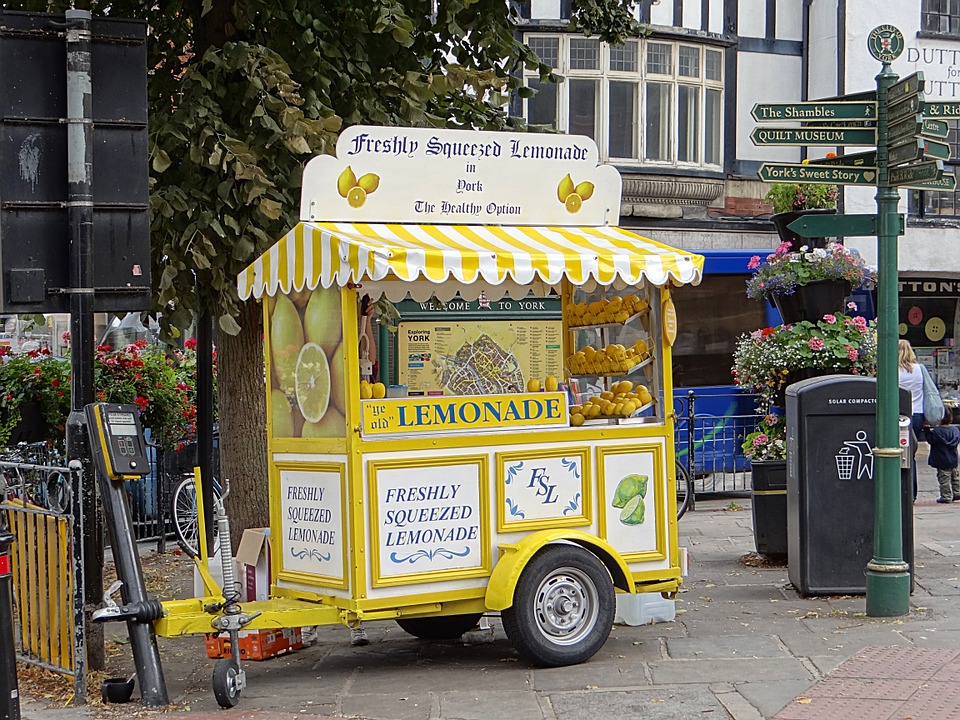
These simple lemonade-stand techniques are among the same ones that professional salespeople and/or marketers typically learn for pitching offers to prospective buyers, from using good “hooks” to capture people’s attention through explaining how a product’s features will benefit their audience’s lives to closing sales with rousing calls-to-action. And, for marketers, salesmanship often involves a lot of nonverbal communication. Television advertisers during the 1980s, for example, began to make regular use of both music and lifestyle imagery to help consumers to associate their wares with positive emotions—such as those memorable TV commercials (including the one shown below) that associate chewing Juicy Fruit gum with experiencing the excitement of surfing. Relatedly, some businesses from grocery store chains to casinos have made exceptionally careful scientific studies of how various interior-design factors like color and lighting and layout can affect (not control or even manipulate but simply influence) people’s likelihood to linger within their facilities and/or spend as much money as possible. And Internet marketers have similarly experimented to discover how various page-design factors like layout and color and call-to-action buttons affect their website conversion rates—techniques that our own creative division, by the way, has sought to master so that we may serve you as effectively as possible. All of this scientific research has helped to spawn an entire branch of academia known as sales psychology.
So, the power of presentation is definitely significant, or else it wouldn’t continue to motivate so much careful attention from so many businesspeople. Unfortunately, despite such advances in marketing science, it’s still not easy to quantify the importance of presentation relative to other factors within the “marketing matrix” such as product or promotion. And, so, due to this ongoing limitation, perhaps the best way to illustrate the power of presentation (for now) is to simply present a fitting example of it through the following true story…
In about 2003, crafting entrepreneur Aaron Johnson of Salt Lake City was struggling to scan some 12" x 12" scrapbook pages and, like many inventors, began pondering how to construct a device that would solve his problem—and, with it, others’ similar problems. He allowed this idea to “stew” for 12 years as it gradually developed into the SHOTBOX—a portable pop-up miniature photo studio that enables its users to easily both illuminate and digitize family-history documents, journals, scrapbooks, crafts, heirlooms, collectibles, knickknacks, food, and other small items. During the summer of 2015, Aaron ran a successful Kickstarter campaign that raised $106,825 from 671 backers (especially sellers and crafters and genealogists) to put his SHOTBOX prototype into mass-production. After being manufactured in China that autumn, SHOTBOX was shipped to everyone during Christmastime or so, and got featured twice on the Home Shopping Network (HSN).
Following his initial success with SHOTBOX, Aaron decided to run a follow-up crowdfunding campaign the following summer to enhance his original product by enabling its walls to mount magnetic panels that displayed background prints, such as water or grass or wood or stone. SHOTBOX with PANELS launched on Kickstarter in 2016 on July 28th, as Aaron e-mailed his 2,700 contacts and also signed a contract with us to serve as the primary marketer for his project. We started advertising SHOTBOX with PANELS on July 30th, and quickly achieved some decent click-through rates, but those clickers didn’t pledge readily enough for us to make much of a profit, nor to contribute much to Aaron’s campaign. The same proved true of his project’s enrollment in our Cashback Network. After several days, it looked to us like our marketing, along with Aaron’s campaign, was well on track to fail unless something changed dramatically.
On August 10th, our co-founders reviewed SHOTBOX with PANELS and decided that, although Aaron had both a good product and good marketing, his presentation wasn’t nearly as effective as it could be—so, they advised Aaron on a new gameplan, which Aaron agreed to do. As part of this plan, our paid-media team stopped all of our SHOTBOX with PANELS ads on August 11th and then helped Aaron to survey his nearly-200 backers to obtain their contact information. After we’d collected as many e-mailing addresses as we could, Aaron cancelled SHOTBOX with PANELS on August 22nd, about one week before it was due to end. At that time, his pledges had stalled at $10,433, significantly below his $15,000 goal.
Starting about August 23rd, Aaron spent about four weeks working closely with our newly-hired creative director, Scott Wiser, to extensively revise his campaign media. Scott remixed elements from Aaron’s two previous campaigns together into a far more effective sales pitch overall (both through its video and through its page), which included better featuring the SHOTBOX itself to those who weren’t already familiar with it. Meanwhile, our marketing teams prepared to synergize our marketing as much as possible with the natural surge in pledges that most campaigns enjoy during their first few days, which plans would include e-mailing Aaron’s leads, resuming our few profitable ads while testing more ads, conducting cross-promotions with other campaigns that we were helping, and reenrolling Aaron’s project in our Cashback Network. And, since our PR team hadn’t gotten involved yet, Aaron prepared his own re-launch news release.
After extensive revisions, SHOTBOX with PANELS re-launched on the morning of September 20th as SHOTBOX 2.0, and it quickly became apparent that potential backers were responding phenomenally to Aaron’s improved media. Whereas SHOTBOX with PANELS had raised a paltry $504 on its first day, SHOTBOX 2.0 raised an astounding $8,114 on its first day, which was about 54% more than Aaron’s original SHOTBOX had raised on its first day. Within about 36 hours, SHOTBOX 2.0 had surged past its $10,000 goal and kept climbing steadily. And it was at about this same time that we announced that we’d identified 8 profitable audiences to target, whereas we had previously taken about a week to identify only 2. Within the next week, we scaled-up our ads twice as SHOTBOX 2.0 surged past $20,000. And, over the next few weeks, our marketing kept those pledges coming steadily, surpassing three “stretch goals” and then scaling-up to a dramatic finish with some help from a timely upsell invitation. When all of this figurative dust had settled on October 20th, we had raised $184,791 together from 978 backers.
After our success together on Kickstarter, we helped SHOTBOX 2.0 to raise another $41,968 on Indiegogo InDemand from 195 additional backers. And, due to all of his crowdfunding success, Aaron’s business is now thriving. And this is why Aaron gladly produced a couple of nice video reviews about his experience with us. As he testified in one of them: “[Funded Today] redid my design on my page and my story and the presentation and turned the project that I was going to do about $15,000-$20,000 (I think) on my projections to one that’s done $225,000 to date—and, largely, that is due to the rework that they did for me. I wholeheartedly recommend their services and feel that they do a superior professional job and definitely know what they’re doing with crowfunding campaigns.”
So, in this anecdote that I just relayed, not much changed from SHOTBOX with PANELS to SHOTBOX 2.0—the same creator still offered the same product at roughly the same prices on the same platform with roughly the same marketing. But his presentation changed significantly and, in this case, that ONE change made a HUGE difference—it helped Aaron’s project to raise over 17x as much, turning his failure into a success and ultimately leaving him with about 73% more than his original SHOTBOX had raised. It also resulted in nearly 1,000 more happy SHOTBOX owners. And, for our part, it made all the difference between our ads raising $1,389 in 2 weeks and our ads raising $101,491 in 1 month—or, in other words, between our raising virtually nothing for a failing campaign, on one figurative hand, and our ads more-than-doubling the tens-of-thousands of dollars that Aaron might have raised without any ads, on the other hand. Altogether, this was a LOT better than Aaron Johnson failing to meet his goal, receiving nothing, not improving his product, disappointing his backers, and leaving us all with one less great success story to tell.
And that’s an example of the power of presentation!
If you’ve got a great project like SHOTBOX with PANELS that you’re planning to pitch on Kickstarter and/or Indiegogo, then we’d love to help you to present it as well as possible. Our hard-working team of creative professionals are well-educated in their respective fields, and have worked hard to understand the principles of both backer psychology and persuasive salesmanship—so, they know how to effectively create digital media (video and imagery and text) to pitch your product as effectively as possible to all who would benefit from it. However, we should also stress that their presentation can’t be any better than your product-and-price—they can pitch your core offer as skilfully as possible, but they can’t transform it into something that it’s not. But, if you’re offering people a highly-desirable product at a widely-acceptible price, then we can potentially do for your project exactly what we did for SHOTBOX with PANELS. And, after we’ve produced your video and/or designed your page, our all-in-one agency can promote it through our industry-leading marketing, as well!
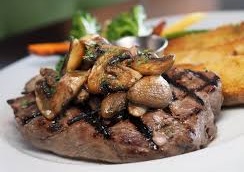
So, we’d love to apply our professional skills to help put some “sizzle” into your campaign’s figurative “steak.” Your vision plus our salesmanship can potentially add up to something amazing! So, if you notice yourself hungering for a good deal on a great presentation (or promotion) for your next crowdfunding campaign, then please apply for our services right away…